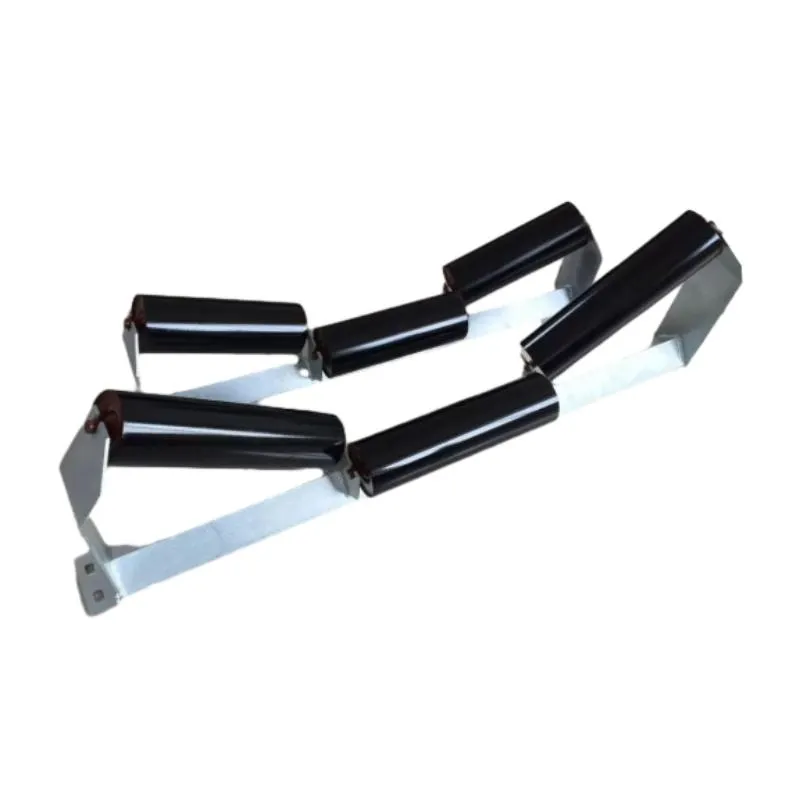 Afrikaans
Afrikaans  Albanian
Albanian  Amharic
Amharic  Arabic
Arabic  Armenian
Armenian  Azerbaijani
Azerbaijani  Basque
Basque  Belarusian
Belarusian  Bengali
Bengali  Bosnian
Bosnian  Bulgarian
Bulgarian  Catalan
Catalan  Cebuano
Cebuano  Corsican
Corsican  Croatian
Croatian  Czech
Czech  Danish
Danish  Dutch
Dutch  English
English  Esperanto
Esperanto  Estonian
Estonian  Finnish
Finnish  French
French  Frisian
Frisian  Galician
Galician  Georgian
Georgian  German
German  Greek
Greek  Gujarati
Gujarati  Haitian Creole
Haitian Creole  hausa
hausa  hawaiian
hawaiian  Hebrew
Hebrew  Hindi
Hindi  Miao
Miao  Hungarian
Hungarian  Icelandic
Icelandic  igbo
igbo  Indonesian
Indonesian  irish
irish  Italian
Italian  Japanese
Japanese  Javanese
Javanese  Kannada
Kannada  kazakh
kazakh  Khmer
Khmer  Rwandese
Rwandese  Korean
Korean  Kurdish
Kurdish  Kyrgyz
Kyrgyz  Lao
Lao  Latin
Latin  Latvian
Latvian  Lithuanian
Lithuanian  Luxembourgish
Luxembourgish  Macedonian
Macedonian  Malgashi
Malgashi  Malay
Malay  Malayalam
Malayalam  Maltese
Maltese  Maori
Maori  Marathi
Marathi  Mongolian
Mongolian  Myanmar
Myanmar  Nepali
Nepali  Norwegian
Norwegian  Norwegian
Norwegian  Occitan
Occitan  Pashto
Pashto  Persian
Persian  Polish
Polish  Portuguese
Portuguese  Punjabi
Punjabi  Romanian
Romanian  Russian
Russian  Samoan
Samoan  Scottish Gaelic
Scottish Gaelic  Serbian
Serbian  Sesotho
Sesotho  Shona
Shona  Sindhi
Sindhi  Sinhala
Sinhala  Slovak
Slovak  Slovenian
Slovenian  Somali
Somali  Spanish
Spanish  Sundanese
Sundanese  Swahili
Swahili  Swedish
Swedish  Tagalog
Tagalog  Tajik
Tajik  Tamil
Tamil  Tatar
Tatar  Telugu
Telugu  Thai
Thai  Turkish
Turkish  Turkmen
Turkmen  Ukrainian
Ukrainian  Urdu
Urdu  Uighur
Uighur  Uzbek
Uzbek  Vietnamese
Vietnamese  Welsh
Welsh  Bantu
Bantu  Yiddish
Yiddish  Yoruba
Yoruba  Zulu
Zulu conveyor pulley components
Conveyor Pulley Components Essential Elements for Optimal Performance
Conveyor systems are integral to various industries, facilitating the efficient transport of materials across different stages of production and logistics. One crucial component of these systems is the conveyor pulley, which plays a vital role in the overall functioning and performance of conveyors. Understanding the various components of a conveyor pulley is essential for maintenance, design, and operational efficiency.
1. What is a Conveyor Pulley?
A conveyor pulley is a cylindrical component that serves as a driving force for the conveyor belt. Pulleys help guide the belt along its path, control direction, and provide tension essential for effective material transportation. They are usually mounted at the ends of a conveyor system but can also be positioned at intermediate points, depending on design requirements.
2. Key Components of a Conveyor Pulley
The functionality of a conveyor pulley is determined by several key components
- Shell The shell is the outer cylindrical body of the pulley, which provides support for the belt. It must be robust enough to withstand the stresses of handling heavy payloads. Common materials used for the shell include steel, which offers high durability, or at times, rubber for specific applications.
- Axle The axle is the central rod that runs through the pulley. It connects the pulley to the drive mechanism or the supporting structure. A properly designed axle is critical for maintaining alignment and distributing the load evenly across the pulley system.
- End Plates These are the flat components that seal the ends of the pulley. They help to maintain the integrity of the pulley and prevent contamination from dust and debris. End plates are typically made of metal and are often welded to the shell for enhanced strength.
- Bearing Assembly Bearings are crucial for facilitating the rotation of the pulley with minimal friction. They support the axle and allow for smooth operation of the conveyor system. Various types of bearings can be used, including roller and ball bearings, each selected based on load ratings and rotational speed.
- Lagging This is a layer of material affixed to the shell’s surface to enhance grip and reduce slippage between the pulley and the conveyor belt. Common materials for lagging include rubber and ceramic, and they are essential for improving the efficiency of power transmission.
- Hydraulic or Electric Drives Some pulleys are equipped with power drive mechanisms that assist in the automatic operation of the conveyor belt. These can be integrated with hydraulic systems or electric motors, enabling precise control over speed and torque.
conveyor pulley components

3. Types of Conveyor Pulleys
Conveyor pulleys come in different types, each designed to serve specific functions and applications
- Drive Pulley This is the main power source for the conveyor belt, providing the mechanical drive necessary to move materials
.- Idler Pulley Idler pulleys are used to support the belt and maintain its tension but do not transmit power.
- Tail Pulley Positioned at the end of the conveyor, the tail pulley serves to redirect the belt back for another cycle, ensuring a closed-loop system.
- Snub Pulley These are used to increase the wrap angle of the belt around the drive pulley to enhance traction and efficiency.
4. Importance of Selection and Maintenance
Choosing the right conveyor pulley components is indispensable for achieving optimal system performance. Factors such as load capacity, belt material, environmental conditions, and space constraints must all be considered in the design phase.
Regular maintenance of pulleys is equally important. Inspections should be scheduled to check for wear and tear, misalignment, or bearing failure. Keeping the components in good condition not only enhances performance but also extends the lifespan of the conveyor system, reducing downtime and operational costs.
Conclusion
In summary, conveyor pulley components are critical to the effective operation of conveyor systems. Understanding their structure, function, and the importance of proper selection and maintenance can significantly improve conveyor performance and reliability. Industries that rely on efficient material handling systems must prioritize the integrity of these components to ensure seamless logistics and production workflows. As technology advances, innovations in conveyor pulley design and materials promise to further enhance their capabilities, contributing to the future of efficient material transport.
-
Revolutionizing Conveyor Reliability with Advanced Rubber Lagging PulleysNewsJul.22,2025
-
Powering Precision and Durability with Expert Manufacturers of Conveyor ComponentsNewsJul.22,2025
-
Optimizing Conveyor Systems with Advanced Conveyor AccessoriesNewsJul.22,2025
-
Maximize Conveyor Efficiency with Quality Conveyor Idler PulleysNewsJul.22,2025
-
Future-Proof Your Conveyor System with High-Performance Polyurethane RollerNewsJul.22,2025
-
Driving Efficiency Forward with Quality Idlers and RollersNewsJul.22,2025





























